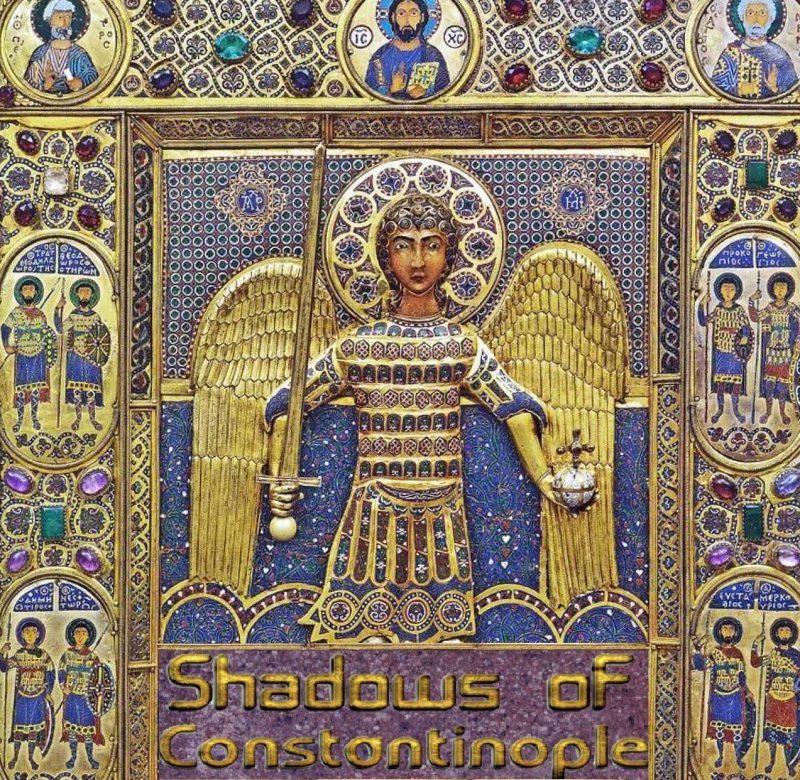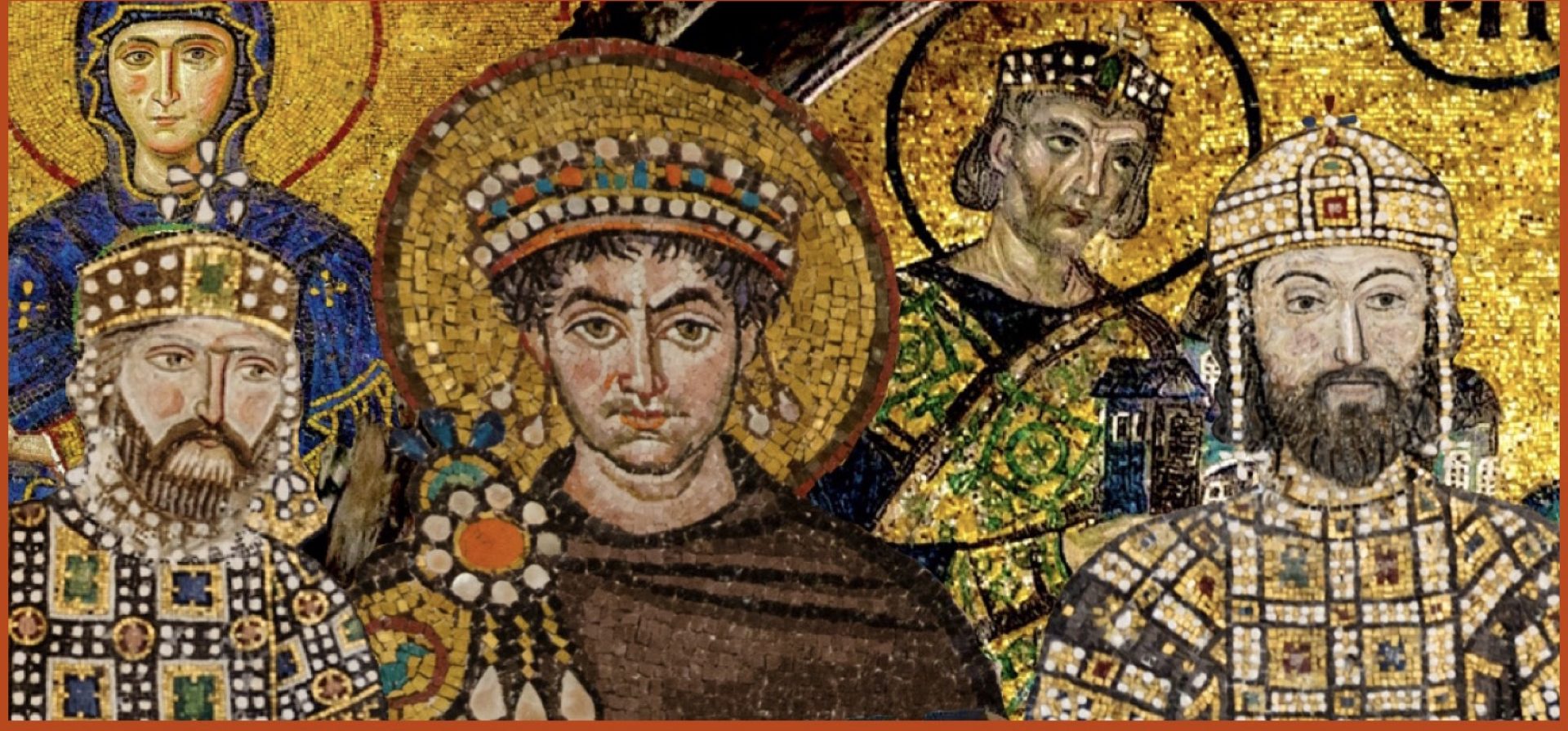Of course Athens is well known for its illustrious ancient past, and as the modern capital and largest metropolis of Greece. However, despite being less noteworthy, it still existed during the medieval period. The Parthenon was the main church of the city during this period.
The rise of Christianity was particularly hard on Athens, as it had such a famous pagan history and had been a center of pagan learning. Justinian closed the famous academy in 529. The Parthenon was turned from temple to church. The greatest artworks were destroyed or brought to Constantinople, possibly including the famous Athena Parthenos (but if so crusaders destroyed it). Athens lost its importance, being purely a regional town. It still had noble aristocratic families and produced two empresses in Irene of Athens and Theophano of Athens (short lived). For much of the Byzantine period it did not prosper but after the loss of Asia Minor to the Turks and the instability that caused, Athens and Greece flourished economically by escaping that chaos. From the 11th to 12th centuries Athens grew rapidly. But then came the Frankokratia.
The Fourth Crusade created several Crusader states in Greece, and even in Constantinople under the “Latin Empire.” But the Duchy of Athens was an Ottoman vassal and the Turks sent a massive army to prevent any Byzantine revivals. In 1458 the Ottomans seized the city, ejecting the crusaders once and for all. The Parthenon was converted from a Catholic Church to a Ottoman Mosque. The city remained in Turkish hands until it became the capital of the Kingdom of Greece following the Greek Revolution.
THE LAST ROMAN LIBERATION OF ATHENS:
Constantine XI Palaiologos briefly liberated Athens, seizing it during the last ever offensive campaign of the Roman Empire. Constantinople by the 1440’s was like a city-state within Ottoman territory. But, in the Peloponnese, there was the last province remaining, the Despotate of the Morea – and it was from here that the Despot Constantine would make the last attempt to expand Roman territory by conquest.

The Crusade of Varna offered the Romans a hope of a reversal, even if it was nothing close to a guarantee. The crusade had set out from Hungary against the Ottomans in 1443. This large Christian army alarmed the Ottoman Sultan Murad, who had no choice but to deal with this problem with his full attention.
It is likely Constantine knew this was the only chance to expand the Romans would ever get, they could never face the Ottoman army themselves. However, perhaps if they took territory and the crusade was successful, they could retain it. It was a gamble, but the Romans had nothing to really lose they were facing certain conquest sooner or later without a geopolitical change. Constantine invaded the Latin Duchy of Athens, a state originally set up by the Franks after the Fourth Crusade, though by now it had seen several different rulers over it. In the early 15th century it was held by the Acciajuoli family from Florence, a vassal state of the Ottoman Empire. Thus, by attacking their vassal, Constantine had boldly declared war on the Ottoman Turks.
The Ottomans had other more serious issues to deal with than the pesky Romans in southern Greece. Nerio (the ruler of Athens) was not prepared for a Roman army to show up at Athens, probably not expecting the weak Romans to act against Ottoman interests. In 1444 Constantine and his Roman army marched across the Isthmus of Corinth and into Attica where they forced Nerio to surrender the Duchy of Athens, which also included the ancient city of Thebes. He boldly demanded Nerio pay to him the tribute which had been going to the Ottomans.
I think it is incredibly likely, nearly a sure thing, that Constantine XI climbed the steps up to the Acropolis to give thanks to God for his success in the Great Church of Athens. The liberation of Athens covered Constantine in glory, and would have been a proud moment for him. According to Donald M. Nicol “One of Constantine’s counsellors and flatterers was moved to compare him with Themistocles.” But then the bad news… “The pope’s crusade got no further than Varna on the Black Sea coast. There it was annihilated by the Turks.”
When the Ottomans came back with an army of 60,000 Constantine retreated away from Athens, he could not truly hold the city, and thus the Parthenon would be entering its next phase of its history as an Islamic religious site. This was the end of Roman Athens, and the end of medieval Athens.
SOURCES:
The Christian Parthenon by Anthony Kaldellis
The Immortal Emperor by Donald M. Nicol (for the campaign of Constantine XI in Athens)

